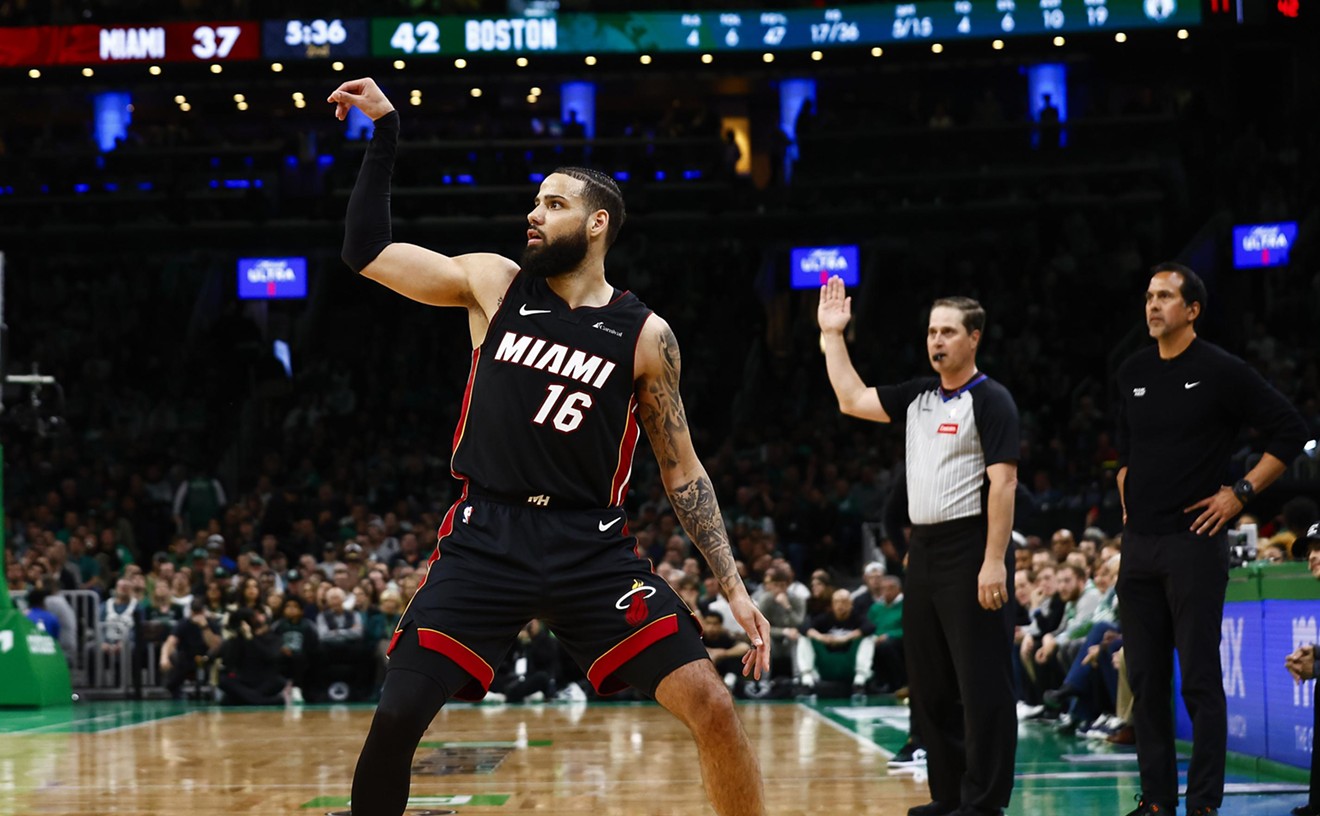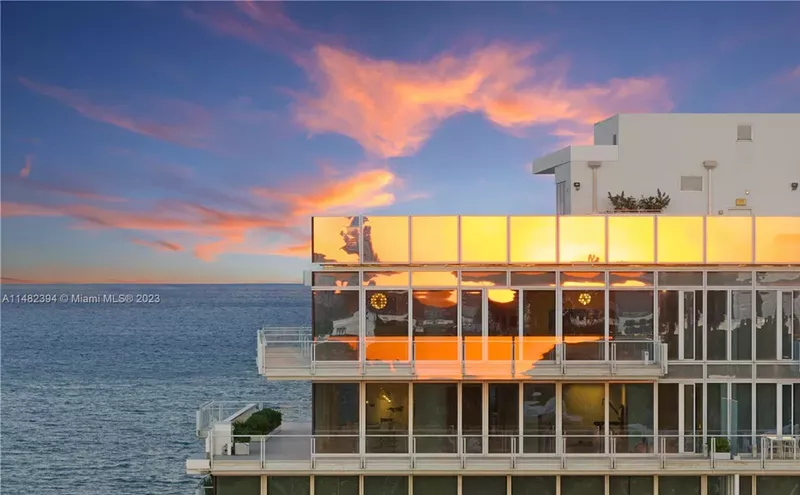Last week, T. D. Allman sent Florida the worst birthday card ever. The author's widely shared column in the New York Times trashed Ponce de León and bemoaned celebrations of his "purported discovery" of the peninsula in 1513 as a "fiesta of illusion." OK, so Ponce was a racist, imperialist dunderhead. But he's OUR racist, imperialist dunderhead. And what's more, Allman was wrong in arguing that Ponce didn't achieve anything, says Dr. Paul George, professor of history at Miami Dade College.
"He did open the gates to the colonization of Florida," George says. "He documented his voyage, which whetted the appetite of other Spaniards to go after gold in Florida. That is significant." That's not to say there aren't some other historical myths worth busting on Florida's 500th birthday, though. Riptide asked George to share his favorites.
Everglades Suicide
For decades, Floridians have whispered about Hamilton Disston's cautionary tale. Disston, a 19th-century industrialist, became obsessed with draining the Glades to create farmland. So obsessed, the tale went, that when his last attempt failed, he slit his wrists in a bathtub. Dramatic! Also, false. "He died of natural causes," George says. Obituaries from the time make it clear that heart disease likely killed the pioneer.
Miami Beach's Anti-Semitic Signs
In the dark days of Miami Beach racism, blacks were forbidden from the sand, and Jews were barred from hotels. Ask any Beach old-timer how bad the intolerance was and they'll mention businesses posting "No Dogs or Jews" signs. It's a powerful, and probably incorrect, yarn. "There was blatant discrimination," says George, including hotels with "Gentiles Only" signs. But as for the "dogs" sign of lore, "I've never found any documentation of those signs."
Capone's Florida Killing
Everyone knows Al Capone escaped the heat in Chicago in the 1920s by hiding out in Miami Beach. But some will tell you how the gangster protected his territory by slaughtering a rival in the opulent Everglades Suite at the Biltmore Hotel. Problem is, it never happened. Another gangster did shoot a thug named Fatty Walsh in that suite, but Capone never stayed there. In fact, he laid low in the '20s, and when he returned in the '40s, he was so addled by syphilis he was basically a vegetable. "If Capone owned everything in Miami people say he owned, he'd have to have been Henry Flagler," George says.
Hurricane Implosion
Every time Florida's real estate bubble bursts, amateur historians love to announce how the first bust came after the 1926 Miami hurricane wiped out the city. Truth is, a real estate implosion was in full swing by the time the storm bore down. George looked at the era's Miami Herald editions and found page counts had dropped from 100 in the summer of 1925 to just 20 in June 1926. "The developers had all already left," he says. "The hurricane was just the nail in the coffin."
Castro's Miami House
At the intersection of NW 7th Street and 22nd Avenue in Little Havana, there's a historic two-story house made entirely of coral rock. The house is notable for more than just building materials, though. Many an abuelito smoking a cigar on the corner will tell you: "Fidel Castro himself stayed there." Great story, but it's not true. Castro really did come to Miami in 1955 as he was barnstorming to raise cash for his revolution. At the time, though, Miami's "Little Havana" was an area near downtown full of Batista exiles happy to help Fidel. While in town, Castro ate at a Cuban eatery called Paula's and spoke at the Flagler Theater. "But there's no indication whatsoever that he stayed in that house," Paul says. "He probably just crashed with supporters."
Michael Jackson's Miami Moment
When Michael Jackson died, everyone from the Miami Herald to CBS4 mentioned one iconic MJ connection to the Magic City: His most famous video, "Thriller," included scenes shot in the historic Charlotte Jane Cemetery in Coconut Grove. No one knows how this particular fish tale got started, but it's simply not accurate. Thriller's director, John Landis, says they filmed on a set in an East L.A. meatpacking plant. Just to be sure, George went through all the footage himself with CBS4's Jim DeFede. "There was just no way," he says, pointing to a ridge in one scene that couldn't come from the pancake-flat cemetery. "You can't drive a car through the headstones there, they're so tightly packed together.
Follow Miami New Times on Facebook and Twitter @MiamiNewTimes.











